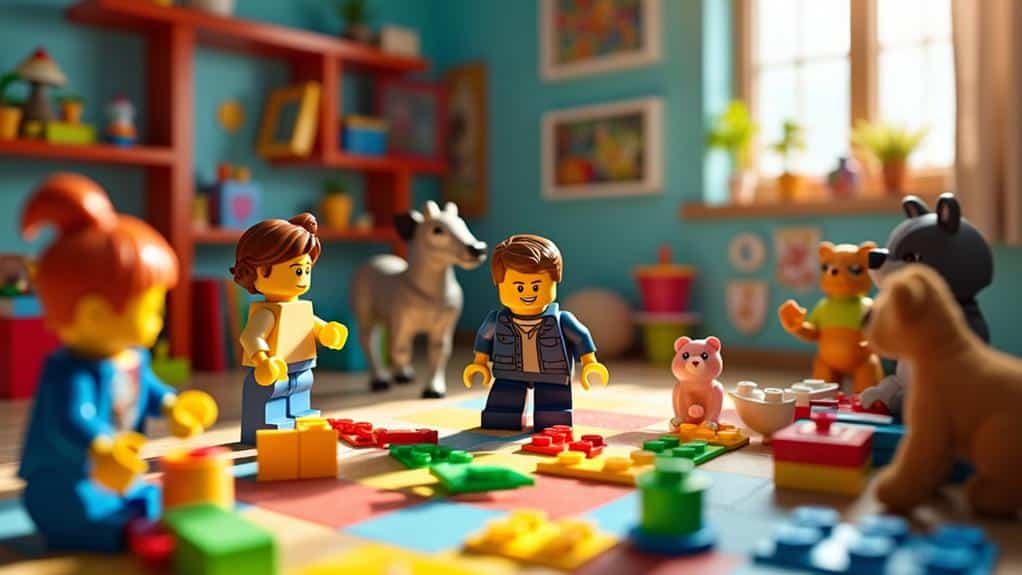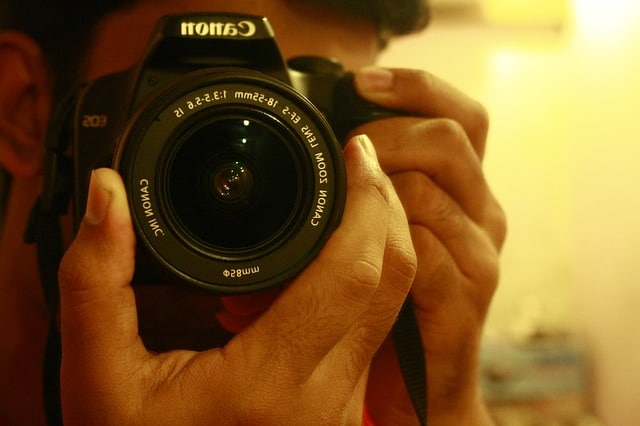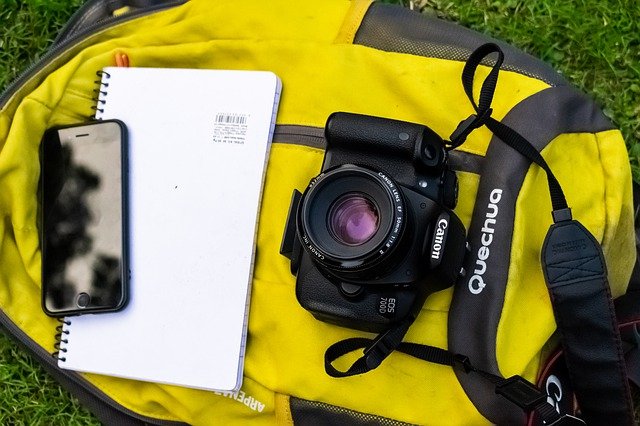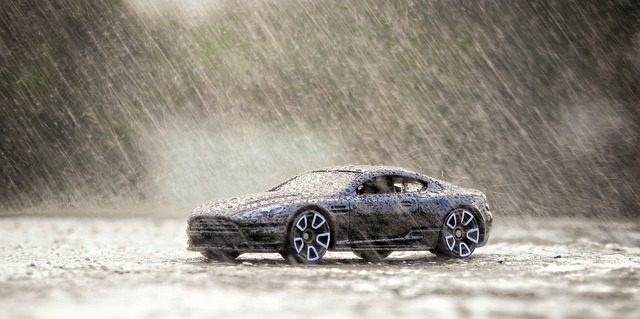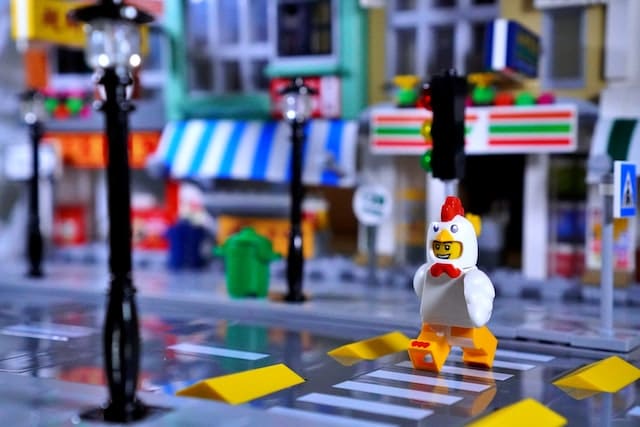Imagine transforming your child's favorite toys into enchanting stories that leap off the page. It all starts with selecting versatile toys that inspire imaginative play. Next, you'll want to create realistic backdrops that transport the viewer into the toy's world. Incorporating natural elements and miniature props can add an authentic touch to your scenes. Don't forget the importance of lighting; techniques like backlighting and side lighting can dramatically enhance the mood. Finally, mastering composition, with techniques like dynamic perspectives and leading lines, can guide the viewer's eyes through your crafted world. Curious about the next steps?
Key Takeaways
- Select versatile toys that encourage imagination and can play multiple roles in various scenarios.
- Build realistic sets using materials like cardboard, fabric, and natural elements for an authentic look.
- Use good lighting techniques, such as natural light and LED lights, to highlight textures and set the mood.
- Employ dynamic composition techniques like the rule of thirds, leading lines, and varied angles for engaging photos.
- Enhance scenes with complementary backgrounds and props to add realism and support the story's theme.
Choosing the Right Toys
When it comes to choosing the right toys for a creative set, you need to focus on versatility and engagement. You want toys that can be used in multiple ways, sparking imagination and keeping interest alive. Think about items like building blocks, action figures, and dolls that can play different roles in various scenarios. These toys should encourage storytelling and allow kids to create their own worlds. For instance, the Funko Vinyl Luffy figure can be an excellent addition to any adventure-themed playset due to its detailed design and character appeal.
Don't shy away from including toys with educational value. Puzzles and problem-solving games can be both fun and intellectually stimulating, making them great additions. Look for toys that challenge kids to think critically and develop new skills. It's also important to ponder the age range of the children involved, ensuring the toys are safe and appropriate for their developmental stage.
Interactive toys are another great choice. Look for options that light up, make sounds, or can be manipulated in interesting ways. These elements can capture a child's attention and keep them engaged for longer periods. Remember, the key is to find toys that open up endless possibilities for play, fostering creativity and learning simultaneously
Building Realistic Backdrops
Crafting realistic backdrops enhances the imaginative experience and brings any creative set to life. Start by choosing a theme that matches your toy's story. Whether it's a bustling city, a serene forest, or a magical castle, the backdrop should complement the narrative. Use materials like cardboard, construction paper, and fabric to build structures and landscapes. Paints and markers can add depth and detail.
Incorporate elements from nature, like small rocks, sand, and twigs, to give an authentic feel. For an urban scene, use miniature street signs and tiny buildings. Lighting plays a vital role; natural light can highlight textures, while colored bulbs can set the mood. Experimenting with different light angles and shadows can create strong shadows or soft, natural-looking ones, adding depth to your scene.
Don't forget the small details, as they make the scene more believable. Miniature props like benches, lampposts, and tiny animals can enhance realism. Keep the backdrop proportional to the toys to maintain consistency.
Lastly, keep it flexible. You might need to adjust the backdrop as your story evolves. A versatile setup allows you to change scenes and settings easily. With these tips, you'll create an engrossing world that immerses your audience in your toy story.
Essential Photography Equipment
To capture the magic of your creative sets, you'll need some essential photography equipment. First, invest in a good camera. While your smartphone is handy, a DSLR or mirrorless camera offers more control and higher quality images. Look for models with manual settings so you can adjust the aperture, shutter speed, and ISO to perfect your shots. For instance, the Canon EOS Rebel T7i is known for its exceptional image quality and user-friendly interface.
Next, a sturdy tripod is vital. It keeps your camera steady, reducing blurriness and allowing for precise framing. Choose one with adjustable height and a stable base to accommodate various angles and perspectives. Lenses are another key component. A macro lens can capture intricate details of your toy scenes, while a wide-angle lens helps when you need to fit larger backdrops into your frame. Experiment with different lenses to see what works best for your setup.
Don't forget about a remote shutter release. This handy tool lets you snap photos without touching the camera, minimizing any risk of shaking
Lighting Techniques
Capturing the magic of your creative sets requires more than just the right camera equipment; mastering lighting techniques can elevate your photography to the next level. Start by understanding the importance of natural light. Position your set near a window to take advantage of soft, diffused daylight, which minimizes harsh shadows. If you're shooting indoors, consider using LED lights or softboxes to create an even, controlled lighting environment. Natural light sources offer a range of color temperatures throughout the day, from warm golden hues to cool blue tones, adding versatility to your shots.
Don't underestimate the power of backlighting. Placing a light source behind your toys can create dramatic silhouettes and add depth. You can also use side lighting to emphasize textures and details, giving your scene a more three-dimensional appearance. For added creativity, experiment with colored gels over your lights to evoke different moods or times of day.
Reflectors are your best friend when it comes to filling in shadows. Use a white board or a professional reflector to bounce light back onto your subject, ensuring every detail is visible. Finally, don't forget about practical effects like fairy lights or small lamps to add whimsical touches and enhance the storytelling aspect of your sets. With these techniques, you'll bring your toy stories to life in vivid, mesmerizing detail.
Composition and Angles
When planning your shots, think about how framing can enhance your composition and draw attention to your subject. Experiment with dynamic perspective angles to add depth and intrigue to your images. By varying your angles and framing, you can create visually compelling and unique scenes that captivate your audience.
Framing Your Shots
How can you elevate your photography from ordinary to extraordinary? It's all about how you frame your shots. Proper framing guarantees that your audience's eyes are drawn exactly where you want them. Start by using the rule of thirds: imagine your frame is divided into nine equal parts by two horizontal and two vertical lines. Place your subject at the intersections or along these lines to create a more balanced and engaging composition.
Consider your background, too. A cluttered background can distract from your main subject. Instead, opt for a simple, clean backdrop or one that complements the story you're telling. Leading lines are another powerful tool. These are natural lines within the scene that guide the viewer's eyes toward your subject, like a road, a fence, or even the arm of a toy.
Don't forget to vary your angles. Shooting from eye level can feel static, so get down low or find an elevated position to add depth and interest. Finally, frame within a frame. Use objects like windows, doorways, or even other toys to create a natural frame around your subject. This technique adds layers and focuses attention beautifully.
Dynamic Perspective Angles
While framing your shots sets the stage, dynamic perspective angles breathe life into your photos. By shifting your camera's position, you can create a sense of movement, drama, and depth. Imagine capturing an action figure leaping off a building. Instead of shooting straight on, try angling your camera from below to make the jump appear more dramatic and powerful. This low-angle shot emphasizes the character's heroism and scale.
Don't just stick to one viewpoint. Move around your set and explore different heights and distances. A high-angle shot looking down on a toy car can give a sense of vulnerability or scale, while a close-up from the side can highlight intricate details and textures. Experimenting with angles allows you to tell a richer story, making static toys appear lively and engaging.
Editing and Enhancing Photos
When editing and enhancing your photos, start by adjusting the lighting and color balance to make your images pop. Pay attention to the background and props, ensuring they complement the subject and don't distract from it. With these tweaks, you'll create visually stunning photos that stand out.
Lighting and Color Balance
Mastering lighting and color balance can elevate your photos from average to stunning. To achieve this, start by verifying your light sources are consistent. Natural light works wonders, but if you're using artificial lights, make sure they match in temperature. Mixing different types of light can create unwanted color casts that are difficult to fix later.
When you've got your lighting sorted, pay attention to how it falls on your set. Shadows add depth and interest, but too much can obscure details. Use reflectors or additional light sources to soften harsh shadows and highlight your subjects effectively. Experiment with different angles and intensities to see what works best for your scene.
Color balance is just as vital. Your camera's white balance setting can help here. If your photo has a strange tint, adjust the white balance to correct it. Sometimes, it's best to shoot in RAW format so you can tweak these settings more precisely in post-processing.
Once you're editing, use tools like exposure, highlights, and color correction to fine-tune your images. Keep an eye on the overall tone to confirm it aligns with the story you're telling. Balancing lighting and color will make your toy stories truly come to life.
Background and Props
Creating a compelling background and selecting the right props can substantially enhance your photos. Start by choosing a background that complements your toy's theme. If you're shooting a superhero figure, an urban setting or a cityscape can make the scene more dynamic. For fantasy characters, consider using forest or castle backdrops. You can print these backgrounds or use digital screens.
Props add another layer of realism. Think small-scale items that fit the narrative—miniature furniture, vehicles, or even natural elements like rocks and plants. These elements help your toys interact with their environment, making your photos more engaging.
Don't overlook the benefits of editing software to enhance your backgrounds and props. Tools like Photoshop or Lightroom can tweak colors, add shadows, and even create special effects. A little post-production can turn a good photo into a great one.
At a Glance
By carefully choosing versatile toys and building realistic backdrops, you're on your way to creating enchanting toy stories. Don't forget to experiment with lighting techniques and use dynamic composition to draw viewers in. With the right photography equipment and some creative editing, your toy scenes will truly come to life. So, grab your camera, set the stage, and let your imagination run wild. You've got all the tools you need to make magic happen!
With a keen eye for detail and a passion for storytelling, you can capture the magic of childhood and the joy of imaginative play in your toy photography. Experiment with different angles and perspectives to convey the excitement and wonder of these miniature worlds. By capturing emotions in play, you’ll bring your toy stories to life and create images that resonate with viewers of all ages.

